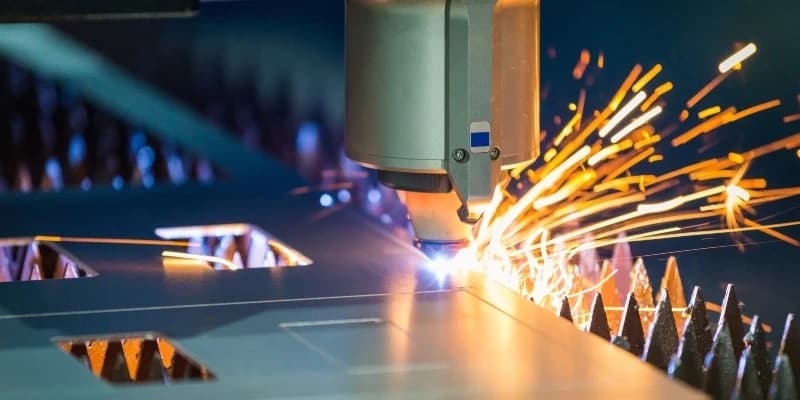As a manufacturer, the goal has always been to increase productive efficiency; to adopt manufacturing technologies that streamline and shorten processes, maximize output, and minimize costs. The modern-day CNC machining technology is the answer to it.
What exactly is CNC machining? And what are the benefits it brings to the manufacturing process? Right here in this article, we go over everything you need to know about CNC machining.
The Basics
Computer Numerical Control or CNC machining is a digital manufacturing process. A pre-programmed computer system controls the tools and machinery used in production, fully automating the process. Thus, it dispenses with the need to employ people to operate machining tools. CNC machining is evolved from Numerical Controlled (NC) machines.
Owing to CNC machining techniques, it has now become possible to manufacture intricate designs in parts and products; the same would have been challenging if done manually, using traditional production techniques.
A CNC system looks like an ordinary computer system; however, it uses dedicated consoles and software programs to produce machined parts. The prototypes are designed using CAD software, which is then fed into the system. The 3D models describe the physical properties and dimensions of the machined parts in detail. These are written code controls. CAD files are written in G-code and translated using CAM software.
When the system is switched on, the software sends the appropriate functions to the tools and machines. They are also capable of switching digital functions. The code controls the entire manufacturing process, from directing the cutting head to adjusting variables such as RPMS, cutting speed, and voltage. CNC machines function like a robot.
CNC machining is a subtractive manufacturing process. It involves cutting 3D products out of a solid block.
Types of CNC Machining
There are many types of machines used in CNC machining. Listed below are the most common ones.
- Milling – CNC milling involves fitting the cutter to a spindle. The circulatory motion files the metal of the workpiece shaping it as instructed.
- Turning/ Lathing – It is one of the most versatile CNC machines. Unlike milling, this machine fits a workpiece to a turning center or spindle. The fixed cutter approaches the workpiece carving it into a finished part.
- Grinding –It removes and shapes materials using a rotating grinding wheel. It achieves the best quality finish.
- Routers –CNC routers use a rotating cutting head like a milling machine. However, given their lower power output, they are used to fashion parts out of softer materials.
- Drilling – These machines are specifically used to drill holes. The cutting tool moves in a circulatory motion to cut out round holes.
- Plasma cutting and Water Jet Cutters –Plasma cutters use a plasma torch to cut into metal blocks. On the other hand, water jet cutters are used to create machine parts from harder materials such as granite.
The Advantages
CNC machining uses prototypes to produce a range of plastic and metal parts. This ensures uniformity and precision in design. This well-oiled system speeds up the production process, thereby increasing efficiency. CNC machining optimizes material usage and reduces wastage.
The automation in production further saves time and money. If we do a cost-comparison of CNC fabricated parts, whether produced in volume or as custom designs, they work out cheaper.
Labor work is reduced and it gives precise work as output when compared to the manual work. The work is complete with high accuracy and it reduces the excess of wastage
Time management plays a major role in the machine and the preset of instruction is used to make the parts effectively. The computer finishes the work at regular intervals without any interruption on it. As the machine needs maintenance in rare cases and it can work all day long.
The computer is used to control the machines where it instructs according to work or the product materials are done in a better way as an output on it. The computer controls the speed and the quality of manufacturing
Safer and secured foam of work is done ineffectively. Without any human being involves the machine does the work more safely without any damage to life.
